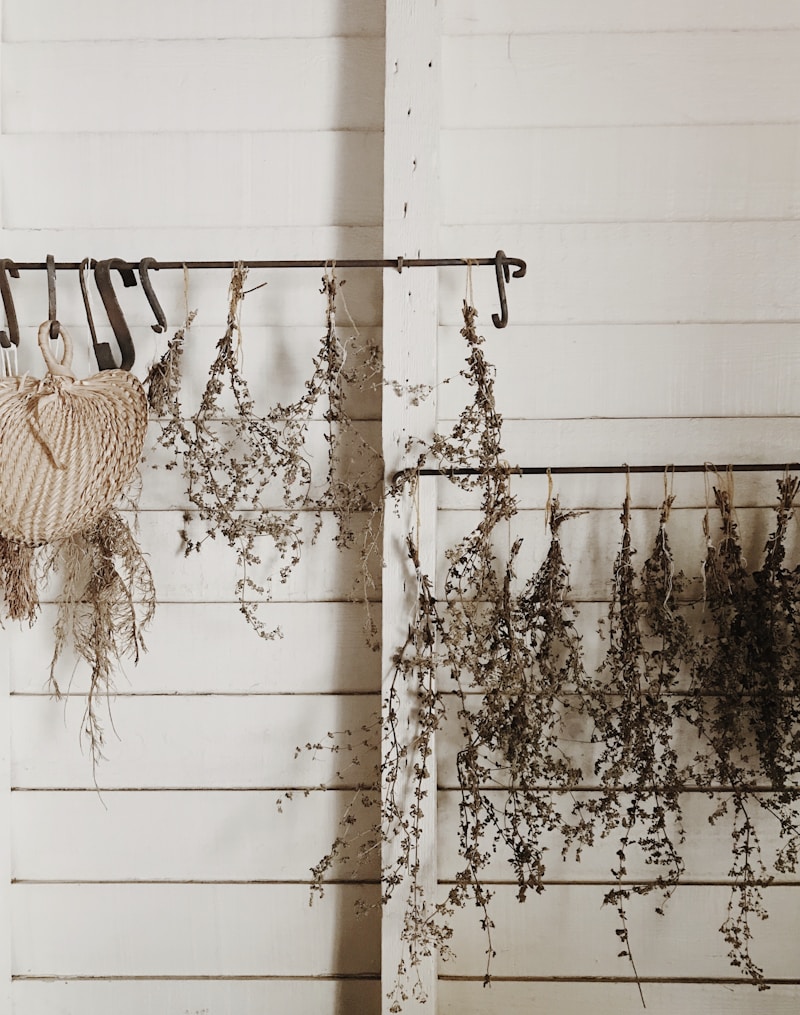Exploring the Rustic Charm of Traditional Ceremonies
In a world increasingly dominated by modernity, the rustic charm of traditional ceremonies captivates and connects us to our heritage. These ceremonies, often steeped in history and cultural significance, evoke a connection to our ancestors, bringing communities together in celebration of life's profound milestones. Throughout this article, we will explore various facets of traditional ceremonies, their significance, and how they retain their appeal in contemporary society.
Understanding Traditional Ceremonies
Traditional ceremonies are events that hold cultural, religious, or social importance within communities. They often celebrate rites of passage, such as weddings, births, and funerals, and can vary dramatically from one culture to another. These rituals maintain historical continuity, often passed down through generations. They remind us of our roots, embodying the values and beliefs of our forebearers.
The Essence of Rustic Charm
The term rustic charm evokes imagery of simplicity, authenticity, and a connection to nature. This charm is prominently featured in traditional ceremonies, where the setting, attire, and practices often reflect the surrounding environment. Rural settings, local materials, and handmade items add to the enchanting atmosphere. This rustic element is particularly evident in:
- Venue Selection: Traditional ceremonies often take place in natural environments such as farms, gardens, or community centers, enhancing that genuine feel.
- Decor: Decorations may include wildflowers, jute, and handmade crafts, symbolizing a return to simplicity.
- Food: Traditional dishes prepared from local ingredients are usually served, reinforcing community ties and honoring cultural heritage.
The Role of Traditional Ceremonies in Today’s Society
Despite the rapid pace of change in the modern world, traditional ceremonies remain relevant. Here are some reasons why:
| Connection to Heritage | People seek to understand their background and maintain identity. |
| Community Bonding | These events foster a sense of belonging and collective memory. |
| Celebration of Life | They mark significant life events, reminding us of what truly matters. |
Types of Traditional Ceremonies
Numerous traditional ceremonies exist worldwide, each unique in its execution and cultural significance. Here are a few notable ones:
- Weddings: Often rich with rituals, traditional weddings may include elaborate attire, ceremonial dances, and communal feasting.
- Harvest Festivals: Celebrating the fruits of labor, these ceremonies involve music, dance, and gratitude towards nature.
- Religious Ceremonies: These are pivotal in many cultures, marking significant spiritual moments in life.
- Funerals: Traditional funerals often emphasize respect for the deceased, showcasing distinct cultural practices.
The Aesthetics Behind Traditional Ceremonies
Every traditional ceremony carries its aesthetics, intricately woven into the fabric of its execution. The attire, decor, and setting encapsulate the craftsmanship and the cultural narrative of the tradition. The aesthetics can often connect individuals to the ceremony’s essence and meaning. For example:
- Attire: Traditional garments, often handmade and embellished with local motifs, tell stories of the culture and its values.
- Ritual Objects: Items used in ceremonies, like ceremonial bowls or totems, hold spiritual significance and represent the connection to ancestors.

Incorporating Modern Elements into Traditional Ceremonies
While traditional ceremonies thrive on age-old customs, many now incorporate modern elements. This evolution helps in making these ceremonies relatable for younger generations. Examples include:
- Digital Invitations: While printed invites hold charm, using email or social media to spread the word has become commonplace.
- Fusion of Styles: Couples may blend traditional wedding elements with contemporary trends, creating a unique experience.
- Sustainable Practices: In line with modern values, many are opting for eco-friendly products and practices during ceremonies.
Why We Should Preserve Traditional Ceremonies
The marvel of traditional ceremonies is their ability to teach and connect. They remind us of our past while allowing us to celebrate the present. Here’s why preserving these traditions is essential:
- Educational Value: They teach younger generations about their culture's history and significance.
- Cultural Identity: In a globalized world, they maintain a sense of belonging and pride within communities.
- Legacy: Holding on to customs ensures that future generations experience the richness of their heritage.
Final Thoughts
The rustic charm of traditional ceremonies holds timeless appeal, offering a break from the hurried pace of life while nurturing our connections to culture and community. As we embrace modernity, it's crucial to honor these age-old traditions, ensuring that they are not just memories of the past but living practices that continue to thrive. Embrace your roots, celebrate responsibly, and consider participating in or organizing traditional ceremonies that reflect your heritage. Whether through weddings, festivals, or family gatherings, these events can enrich our lives in more ways than we can imagine. Cherish and celebrate the rustic charm inherently tied to traditional ceremonies, for they are the threads that weave the fabric of our communal identity.
In conclusion, the exploration of traditional ceremonies unveils a treasure trove of cultural richness and life's beauty. As you consider your next celebration, reflect on how you can incorporate these meaningful traditions into your life.